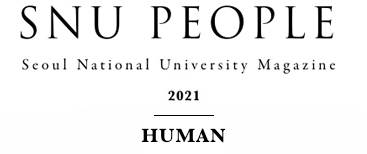Interview
Dreams for a Wise Harmony
between Humans and Computers
Professor Joonhwan Lee
Department of Communication, College of Social Sciences
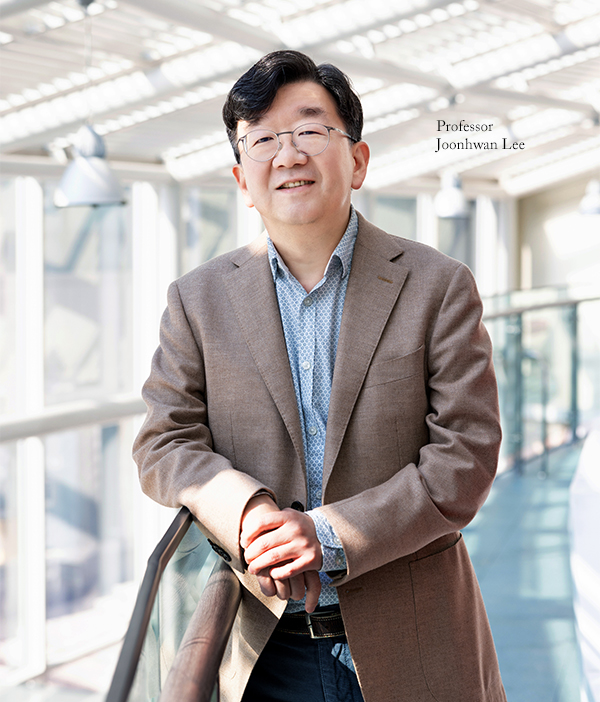
Beginning with the steam machine, it has been over two hundred years since machines have replaced human physical labor. Now, computers are even replacing human knowledge labor. As computers, which had merely provided assistance, began to process enormous amounts of data and imitate the human brain, humans came to fear that the next generation of computers, equipped with creativity, might take over their jobs. What do we need for peaceful coexistence between humans and computers? Professor Joonhwan Lee, an expert in HCI, found his answer to this question in two entirely human characteristics: "sensibility" and "community spirit."
1.
HCI is a convergence field that is leading the development of future technology. A number of global companies are rushing to research in this field. But what exactly is HCI?
HCI, which stands for Human-Computer Interaction, is an academic field that studies how humans can interact with the computer system easily and conveniently. Findings of HCI research are garnering attention from the industry, as well as academia, due to its role in providing the so-called "good user experience(UX)." While early studies focused on the efficiency and functions of interfaces, recent studies have been applied across various areas, including products, services, and content. There are many departments that research HCI in Seoul National University as well. I am affiliated with the College of Social Sciences and studying how we could understand human beings in the process of using technology and how we could solve the social issues caused by computers.
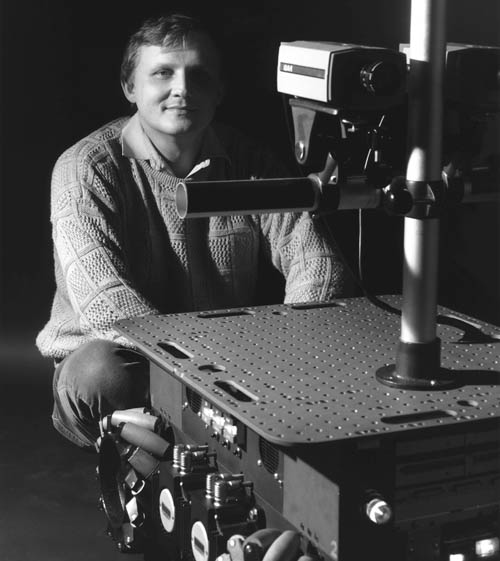
2.
Professor, you attracted the public's attention when you developed an article algorithm robot named "Yaalbot."
"Yaalbot" began with a research project on social computing. Social computing is a branch of computer science that focuses on social scientific issues online. My lab has also collected and analyzed social big data for a long time. Since I'm researching in the field of communication and information science, I expanded my interest to journalism and focused on "robot journalism." Computer algorithms, which have mainly been used in data analysis in the past, advanced enough to write articles like human beings in the 2010s. However, they are currently unable to write articles without standardized data. This is why I chose baseball, which can be explained by using facts and numbers as the subject for the articles. Now that six years have passed since I first created Yaalbot, robots write on politics and the stock market. More recently, a "robot chatbot reporter" that provides articles in the chatbot form has been developed. It was first used in the previous general election. For instance, if the user asks, "What's the situation with Candidate A?" the robot reporter would collect the necessary information and draft a simple article for the user.
3.
As AI technology continues to develop, people are anxious that it may replace human jobs. What are your thoughts on this issue?
There is a famous saying by Professor Hans Moravec at the Robotics Institute of Carnegie Mellon University from the early days of artificial intelligence in the 1970s. This is Moravec's Paradox; Moravec argued that "It is comparatively easy to make computers exhibit adult level performance [...] and difficult or impossible to give them skills of a one-year-old." It takes little effort for humans to perform everyday skills, such as walking, feeling, and communicating, compared to the time and energy required to calculate complex formulae. On the contrary, while it may be extremely difficult for the computer to perform everyday human actions, it can instantly process mathematical calculations or conduct logic analysis. Professor Moravec's paradox is based on evolution. It is difficult for robots, which were developed in a short period of time, to keep up with the abstract thinking and sensual ability of human beings, which are the product of hundreds of millions of years of evolution. The gap is narrowing as technology is being developed, but I think that there will always be a divide between what humans and robots can do well. I did not create Yaalbot to replace the reporter as a profession but with hopes that reporters and robots could coexist. While robots may be able to write the first draft or find materials, acquiring information through HUMINT and analyzing the data with keen insight will remain tasks for humans. That being said, I believe that robots may be able to replace writing articles on breaking news or reviews of TV programs that only deliver objective information.
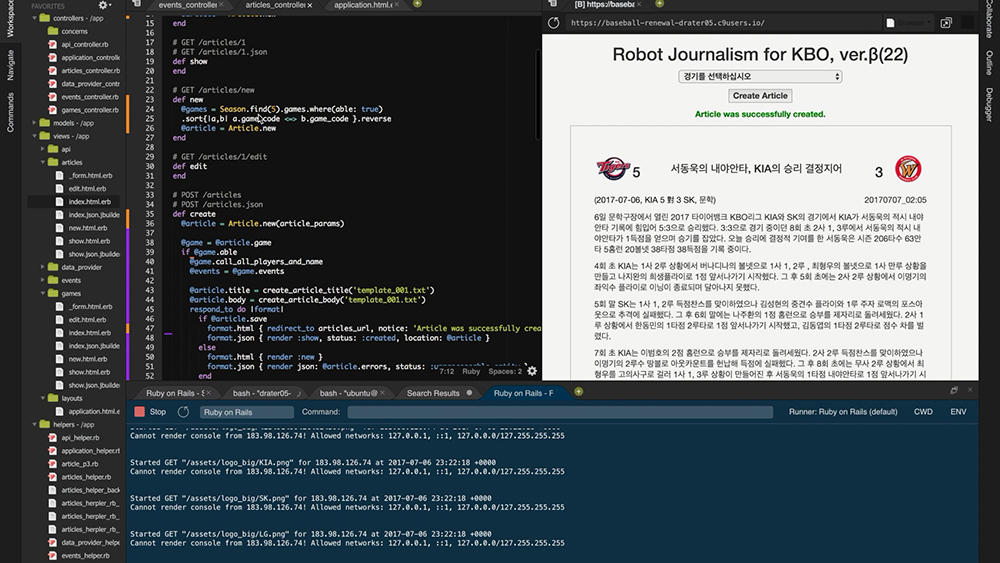
Yaalbot writing an article on the Korea Baseball Organization League.
4.
How would human beings coexist with computers in the post-COVID-19 world?
What we have been missing during the COVID-19 pandemic is "humanity." As we continue to distance ourselves, we forget the warmth of human touch and the power that arises within communities when we meet face-to-face. Research to overcome this situation has been conducted in the field of HCI. For instance, a particular technology may allow a granddaughter to feel her grandmother's touch during a virtual chat by simply holding a cushion during the conversation. I think the post-COVID-19 research will go beyond the convenience and efficiency of computers and focus on ways to deliver sensibility and human warmth.
5.
HCI is called a "convergence study" that connects computer science and humanities. What would be needed for a true convergence between academic fields?
Humanities and natural science share a common trait in that both branches deal with the basic necessities for human life. In fact, ancient philosophers were also mathematicians and scientists. That being said, I often wonder whether the word "convergence" is being used correctly in Korea. The dictionary defines convergence as "to melt different types of things and combine them into one." However, true convergence between two academic fields can only occur when each field's discipline and methodology are reflected in the process. The convergence between academic fields is called "interdisciplinary" overseas. The themes, theories, methodologies, and the so-called "practices" of each area meet and interact to expand the scope of one's thinking. For that, the most important thing is to break down the barriers between the disciplines. However, most academies have a sense that they should monopolize their field of study. It will require more effort to get rid of this tendency and accept other disciplines.
6.
Is there a new area you are focusing on after the COVID-19 outbreak?
One social issue that has arisen after the COVID-19 outbreak is the outpour of unverifiable "fake news." This is why I've been researching algorithm-based "fact-checking" technology. This is not a field that my lab can take on entirely, so we collaborate with the College of Engineering and the Graduate School of Convergence Science and Technology. We have just begun to fact-check by using Wikipedia entries, but we're making steady progress. One other change after the pandemic is the heightened interest in privacy. We had to relinquish our rights for the public good by agreeing to contact tracing as part of the preventive measures against COVID-19. Although legal and policy measures have been introduced to overcome this problem, I believe that more research should be conducted on the user interface. We should allow the users to understand to what level and the extent they are providing their personal information. I'm also interested in interfaces that could reflect this need and in user-computer interactions.
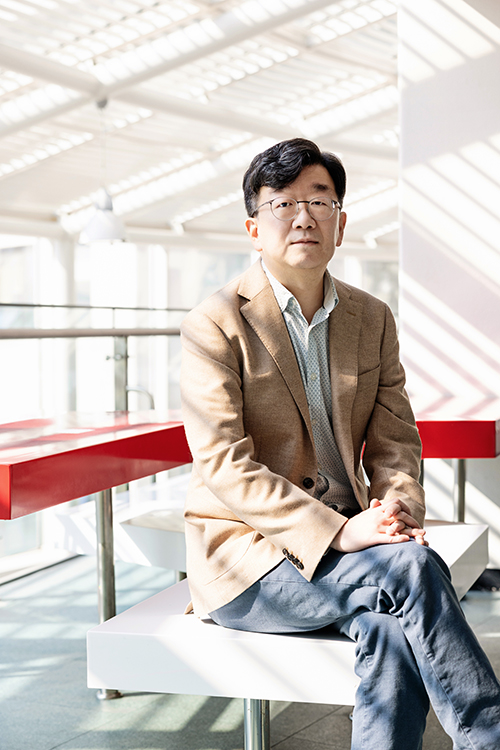
7.
What would you like to say to students who are living in a chaotic world?
"Let's not get used to this." Many students are getting used to social distancing and non-face-to-face situations. They take lectures via Zoom, and it has become the new normal not to meet any strangers. But I hope that students never forget to return to normalcy. We should make an effort to recover our normal world; not merely a virus-free world where we could take our masks off, but a world where we meet people in person and form relationships, just as we used to.
